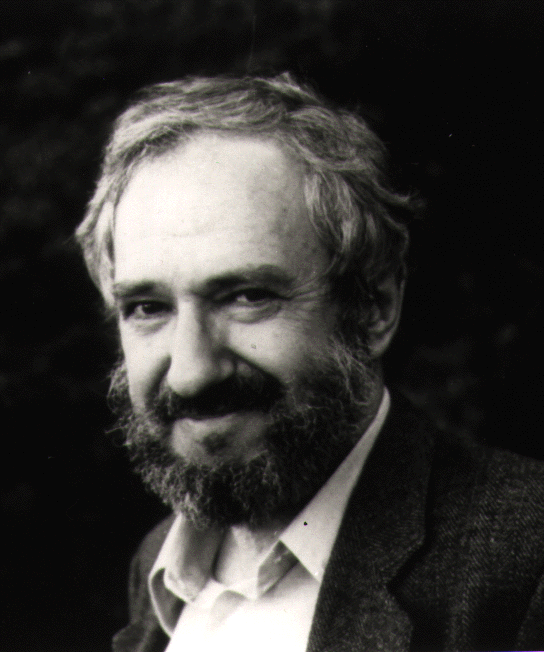
Anyone who learned to program while in grammar school has likely experienced the work of Seymour Papert. The legendary MIT professor died yesterday at the age of 88. His work was influential in the fields of computer-aided education, AI and media studies.
Papert was born on Feb. 29, 1928, in Pretoria, South Africa. He obtained a bachelor’s degree in South Africa, then moved to Cambridge University where he received a Ph.D. in mathematics in 1959.
In 1963, he became a research associate at MIT, and by 1967 he was promoted to a full professor of applied math. This promotion also made him co-director of the MIT Artificial Intelligence Laboratory, an appointment made by lab cofounder Marvin Minsky.
(Related: SFMOMA elevates programming to art)
Eventually, Papert founded the MIT Architecture Machine Group, which would eventually become the MIT Media Lab. Here, he put to work many of the theories he developed under the tutelage of Jean Piaget, renowned Swiss psychologist and the man who effectively invented developmental psychology.
Piaget pioneered the constructivist theory of knowing, and it was his teachings that drove Papert to explore the use of computers in education. In 1967, working with Daniel G. Bobrow, Wally Feurzeig and Cynthia Soloman, Papert developed the Logo programming language.
Logo was originally built in Lisp on a PDP-1. The goal was to build a mathematical environment where children could visualize what they were studying and experiment with equations.
Initially, Logo worked on a primitive screen, but by 1969, the team had built a physical turtle robot, which would move along the floor according to the equations it was fed in Logo. Eventually, the turtle became virtual as well, and Logo went on to become a popular teaching language in the 1970s and 1980s, particularly once the home computer craze kicked off the Apple II.
Papert went on to continue his efforts to spread computer-based educational tools, and was one of the principal forces behind the One Laptop per Child program. He also collaborated on the creation of Lego Mindstorms.






